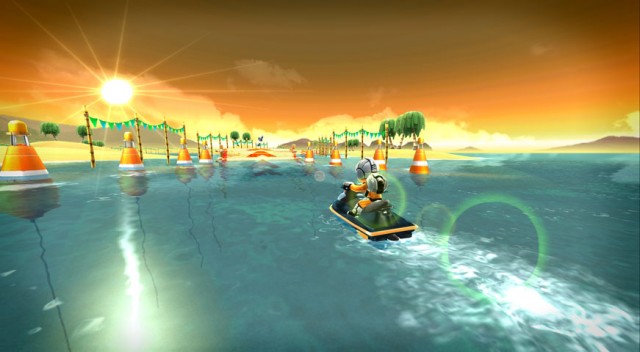
Soldiers, slogging through crumbling buildings, returning volleys of gunfire with a smattering of their own. A band of crooks, celebrating a job with booze and girls. A lone survivor versus a horde of zombies in a post-apocalyptic wasteland. Headshots. Annual releases. If all that is sounding nauseatingly familiar, it’s because the video game industry has become inundated with an endless flood of zombie, war, and sandbox games, with little change in sight. Now, to be fair, I love me some Call of Duty. Sobbed myself to sleep after playing The Last of Us. The games that have become the bread and butter of the big publishers like EA and Activision aren’t on top by accident; people enjoy them, and I’m one of them.
The problem is that for every Battlefield that gets published, there’s one less La-Mulana in the world. AAA blockbuster series get top priority from the major studios, so much so that when a developer comes along with a unique game idea, they’re generally shot down because it’s too much of a risk. It’s much easier for big time publishers to stick with proven series than go out on a limb for something new. Especially if that something new looks like it was ripped straight from an old NES. Bigger, brighter, bolder, better, it’s the mantra of the video game industry. At least, it was, for a very long time, until the indie developers started to make some noise.
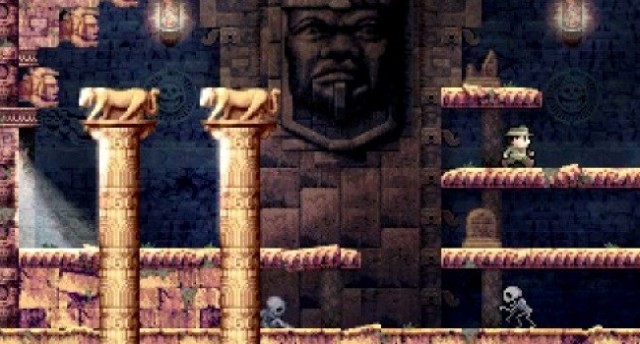
PC had long been home to excellent games made by small and upcoming developers, especially when the Internet started becoming more common in people’s homes. However, it wasn’t until consoles like Wii, Xbox 360, and PlayStation 3 came along with their robust network capabilities, that indie devs could truly be unshackled. Suddenly, anyone with the software, creativity, and ambition to make a game had a decent shot of getting it to the masses. Slowly but surely, indie developers started looking to consoles to make a mark, and not surprisingly, two of those systems were Wii and DS.
Nintendo wasn’t a total stranger to the indie scene, as over the years, independent and small-time developers were able to find publishers to help release titles like Shantae and Toki Tori. Still, these occurrences were few and far between. Digital distribution platforms like WiiWare and DSiWare, though, cut out the middlemen and allowed developers to jump through far fewer hoops to release their games. Interestingly, besides giving some rookie designers a shot at glory, the proliferation of Nintendo’s digital marketplaces had a secondary effect of reigniting 2D gaming and introducing more original ideas to the industry.
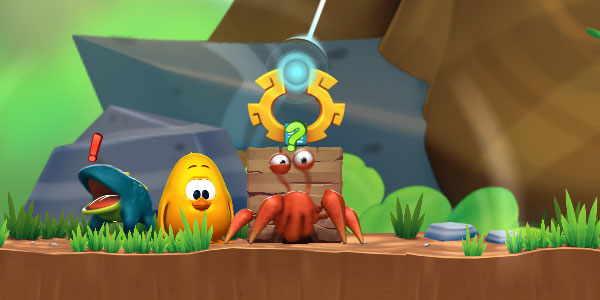
Necessity being the mother of invention, it only made sense that a lot of devs turned to 2D game designs. 2D is much less daunting compared to 3D, where games often require a multitude of workers just to get a single project done. Yet, when services like WiiWare and DSiWare were still coming into their own, 2D was in the early stages of earning back some of its respect. From the days of Nintendo 64 onward, 3D had become the dominant style of video game in the industry, to such an extent that 2D titles were almost an anomaly if they appeared on anything but a handheld. Publishers and developers viewed 2D as a relic from a bygone era of gaming– quaint, archaic, inferior.
As though that wasn’t enough, a lot of these indie devs were also very drawn to 8-bit aesthetics that mirrored the look and sound of old NES games. Suddenly, men and women who had grown up loving titles like The Legend of Zelda and Metroid were free to not only make games for consoles, but make the sorts of titles that had all but disappeared over the years. Indie developers began looking at every element of game design that had been languishing on the sidelines, and realized that there were plenty of new experiences to be mined from them. Whether pixelated or modern, Nintendo’s consoles began to become home to games that looked and played a lot differently than anything else (well, more than usual).
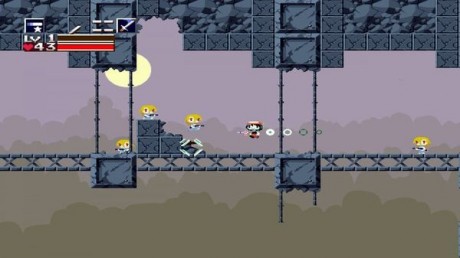
Titles like Cave Story are a good example of the retro revival movement. Cave Story relished in its similarities to games like Metroid and Blaster Master, throwing players into a tough as nails 2D platformer that sported its pixels like a badge of honor. What companies like Activision or EA might have dismissed without a second’s hesitation became a cult classic on PC, and when it hit WiiWare and DSiWare, fans weaned on the platformers of yesteryear had found a new favorite. It wasn’t just the longtime gamers who noticed, though, as new players, too, became intrigued by Cave Story. What had been almost lost in the absence of 2D gaming was quickly being rediscovered.
Of course, 2D isn’t the only thing to come from indie devs; as I mentioned, plenty of them had new ideas to bring to the fold, too. For instance, World of Goo brought a new, motion-controlled puzzler to players, while Shin’en graced fans with its beautiful and fun 3D platformer Jett Rocket. A unique puzzle game and deftly crafted mascot platformer might not seem like such a big deal, but when the pessimism of the AAA publishers is taken into account, it’s very gratifying to think that two games like World of Goo and Jett Rocket were able to make a connection with players that some thought impossible. New is scary in the video game industry. Different? Even worse. That was how things worked for many years, until the indie devs started proving otherwise.
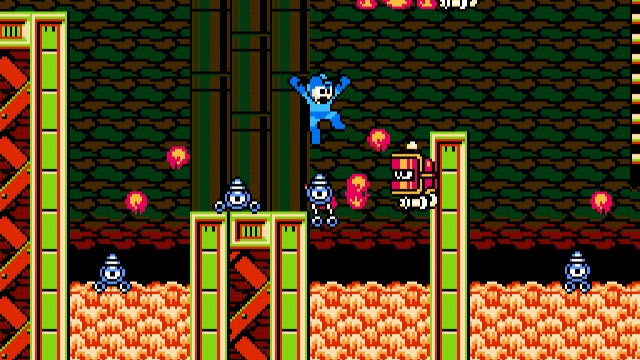
The big guns of the industry started taking note as time went by. Mega Man 9, which saw a return to the series’ NES days, was a clear response to the indie scene and its reinvigoration of retro enthusiasm. Developers began coming around to the idea that games didn’t have to just be 3D or shooters to lure in fans; Ubisoft is a notable convert, returning Rayman to his 2D roots with Rayman Origins (and more recent efforts like Child of Light, which has been one of the most original titles of 2014). With the shift to Wii U and 3DS, and the introduction of the eShop to both, Nintendo has seen a huge leap in output from indie devs that eclipses what Wii and DS ever experienced. Games like Mutant Mudds, Mighty Switch Force, Gucamelee!, and many more have become perfect compliments for Nintendo and its own quirky lineup.
Further highlighting the growing importance of indie devs, the three major console manufacturers have started to prominently feature the work of independent third-parties during industry events like E3. Heck, the big three are even bragging now about indie exclusives! Indie games have stopped being a niche, in the traditional sense, and are now nearly as integral to the marketplace as Grand Theft Auto or Madden. The sales numbers might not reflect that, but the spirit of creativity does. Indie games have called complacent development studios to the carpet, and players are reaping the rewards. As the industry continues to cling to tried-and-true franchises, it’s nice to know that inde devs are helping maintain a healthy balance of old and new. With them, players can truly have their cake and eat it, too.




 ShareThis
ShareThis







Awesome piece, Robert! What game is that in the masthead?
Thanks, Marc! It’s from Jett Rocket.